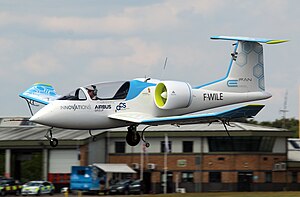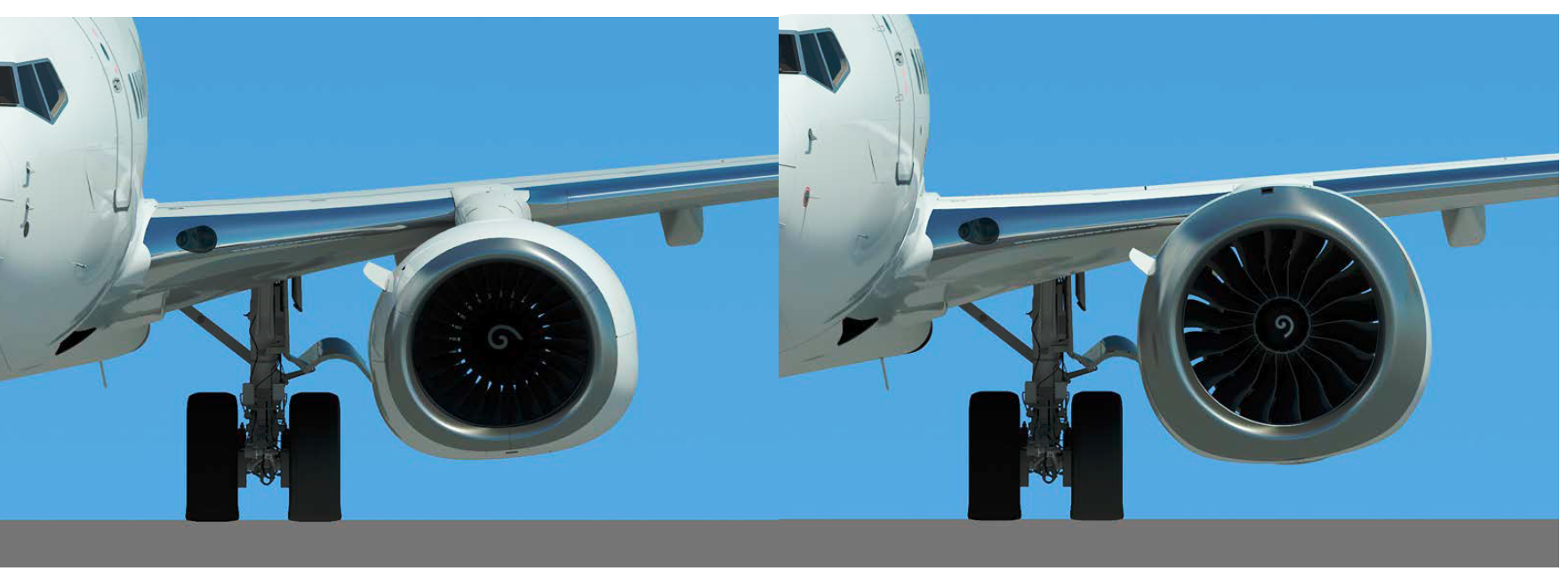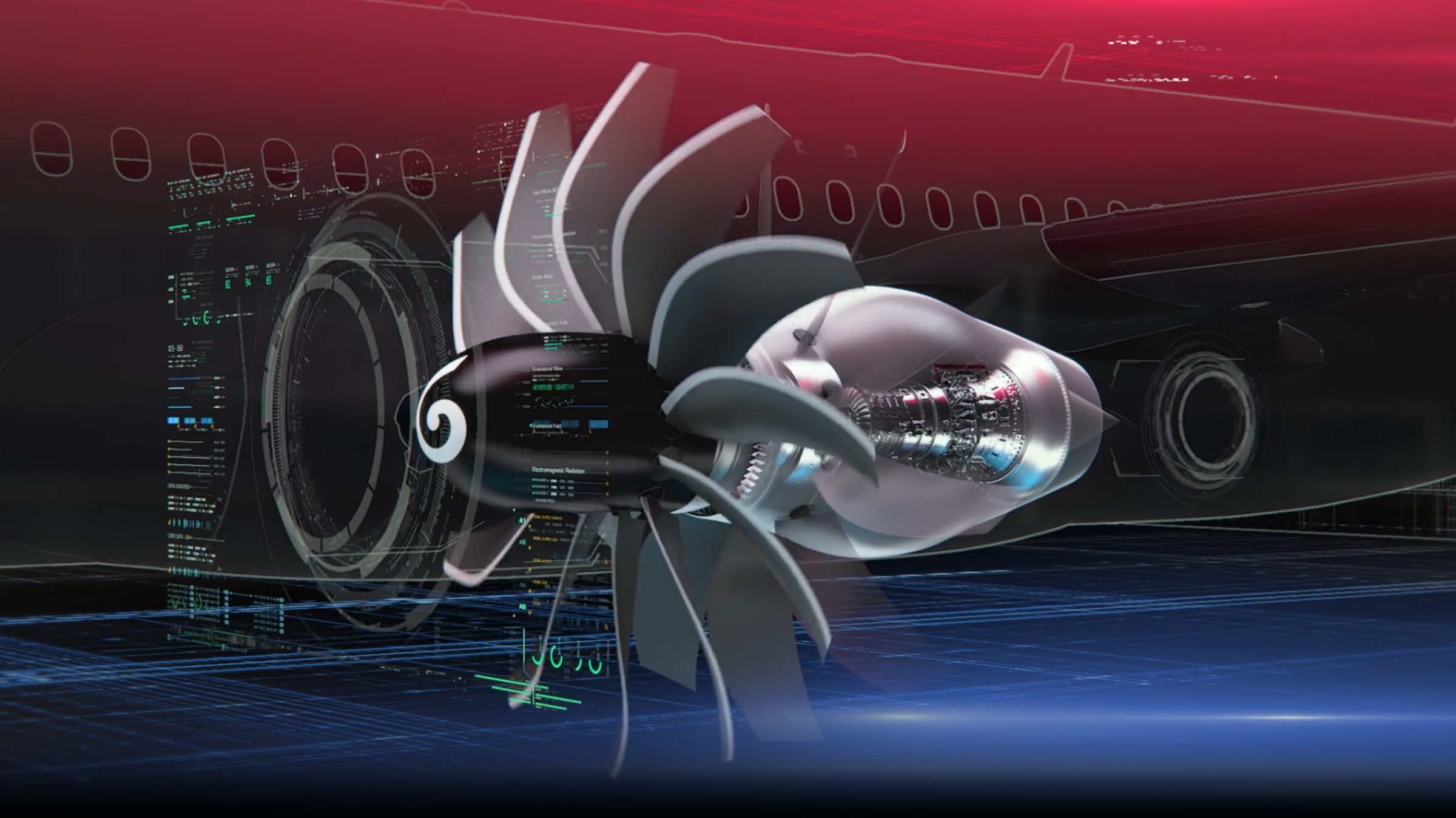Leeham News and Analysis
There's more to real news than a news release.
Bjorn’s Corner: Air Transport’s route to 2050. Part 21.
May 9, 2025, ©. Leeham News: We do a Corner series about the state of developments to improve the emission situation for Air Transport. We try to understand why development has been slow.
Since we started in October last year, we have looked at:
- Alternative, lower emission propulsion technologies, ranging from electric aircraft with batteries as energy source, different propulsion hybrids, and new concepts for Jet-fuel and Hydrogen gas turbine engines.
- We have also reviewed recent research on the role of CO2, NOx emissions, and Contrails generated by airliners in global warming.
- Two weeks ago, we summarized the present situation around SAF, Sustainable Aviation Fuel.
Last week, we listed some base data about the present situation for Global Air Transport. We will now use this data to calculate the effect of air transport on global warming from the three alternatives.
Bjorn’s Corner: Air Transport’s route to 2050. Part 10.
February 21, 2025, ©. Leeham News: We do a Corner series about the state of developments to replace or improve hydrocarbon propulsion concepts for Air Transport. We try to understand why the development has been slow.
Last week, we reviewed the present fallout of lower emission projects that have not reached their goals and where investors, therefore, have decided not to invest further.
There is a well-known project failing every month at the present pace. Some recent ones: Universal Hydrogen’s ATR conversions, Volocopter and Lilium’s bankruptcies, Airbus freezing the CityAirbus eVTOL (Figure 1) and pushing out the ZEROe hydrogen airliner, hibernation of the Alice battery aircraft, etc. There will probably be more in the coming months.
Bjorn’s Corner: Air Transport’s route to 2050. Part 8
February 7, 2025, ©. Leeham News: We do a Corner series about the state of developments to replace or improve hydrocarbon propulsion concepts for Air Transport. We try to understand why the development has been slow.
We have covered the progress of battery-based aircraft and hybrids, where the last Corner was about the most sensible hybrids, the mild hybrids. Now, we turn to hydrogen-fueled alternatives.
Bjorn’s Corner: Air Transport’s route to 2050. Part 4.
January 10, 2025, ©. Leeham News: We do a Corner series about the state of developments to replace or improve hydrocarbon propulsion concepts for Air Transport. We try to understand why the development has been slow.
We listed the different projects in the second Corner of the series that have come as far as flying a functional model or prototype. In Part 3, we went through some of the causes of the slow growth. It was a mix of inexperienced startup managments, all wanting to be the new Elon Musk but lacking elementary knowledge in the aeronautical field, to what is the real hard part of an alternative propulsion concept.
Many startups developed new electric motors for eAirplane or eVTOL use, a relatively straightforward development when the real hard part is the batteries. We described how batteries differ significantly from fuel as an energy source in Part 3.
Now, we add a market aspect that is poorly understood by most players.
Bjorn’s Corner: Air Transport’s route to 2050. Part 2.
October 24, 2024, ©. Leeham News: We do a Corner series about the state of developments to replace or improve hydrocarbon propulsion concepts for Air Transport. We will find that development has been very slow.
We don’t have, and will not have, a certified and produced aircraft that can transport passengers using anything but classical propulsion concepts this side of 2028 and probably 2030 if we put the bar above five passengers.
This is 14 years after the flight of the Airbus E-Fan in 2014, which started a multitude of studies and projects to explore new, more environmentally friendly ways to propel aircraft.
Why is the progress so slow? Normal aircraft development takes seven to a maximum of nine years?
Bjorn’s Corner: Air Transport’s route to 2050. Part 1.
October 18, 2024, ©. Leeham News: In Corners over the last years, we have covered new airliner technology and engine developments that would apply to the next-generation airliners in the largest segment of the market, the single-aisle segment, or as we like to call it, the Heart of the Market segment, as it’s not sure it will be a single-aisle aircraft.
The series has assumed this generation will be hydrocarbon-fueled gas turbine-propelled airplanes. Therefore, it has not covered the current state of alternatives to gas turbine-based hydrocarbon propulsion.
We will cover this now. We are now 10 years into the discussions and work of reducing Air Transport’s reliance on hydrocarbon fuels, which started in earnest when Airbus flew the E-Fan battery-electric aircraft at the Farnborough Air Show in 2014, Figure 1.
How are we doing?
Bjorn’s Corner: New engine development. Part 10. Airframe integration
May 24, 2024, ©. Leeham News: We do an article series about engine development. The aim is to understand why engine development now has longer timelines than airframe development and carries larger risks of product maturity problems.
To understand why engine development has become a challenging task, we need to understand engine fundamentals and the technologies used for these fundamentals.
In the last Corner, we looked at the nacelles used for a turbofan engine and for an open-rotor engine. Now, we go one step further and look at the integration of modern engines on an airliner.
Bjorn’ s Corner: Engine development. Part 1. Introduction
March 29, 2024, ©. Leeham News: We finished our article series about New Aircraft Technologies last week. It dealt with the different new technologies that a next-generation airliner could use to increase efficiency and by it environmental emissions.
An area that we touched upon but didn’t dig deeper into was engine development. When airframe development historically decided how long a new generation of aircraft took to develop, it gradually changed to engine development being the more calendar-time-consuming and riskier development for the last generations. This article series will discuss why and what can be done about it.
Bjorn’ s Corner: New aircraft technologies. Part 49. Engine Maintenance
March 8, 2024, ©. Leeham News: We are discussing the different phases of a new airliner program. After covering the Design and Production, we now look at the Operational phase of a new airliner family.
For the operational phase, the airplane must pass scrutiny for Continued Airworthiness. The biggest item in a regulator’s Instructions for Continued Airworthiness is the required Maintenance program to keep an airliner airworthy. We discussed airframe maintenance in the last article. Now, we look at engine maintenance.
Bjorn’ s Corner: New aircraft technologies. Part 44. Operation and Continued Airworthiness
January 5, 2024, ©. Leeham News: We are discussing the different phases of a new airliner program. After covering the Design and Production, we now look at the Operational phase of a new airliner family.
For the customer, the design and production are exciting and interesting, but it’s the information and services around the operational phase (Fleet Support in Figure 1) of the airliner that are most important to the airline customer.










